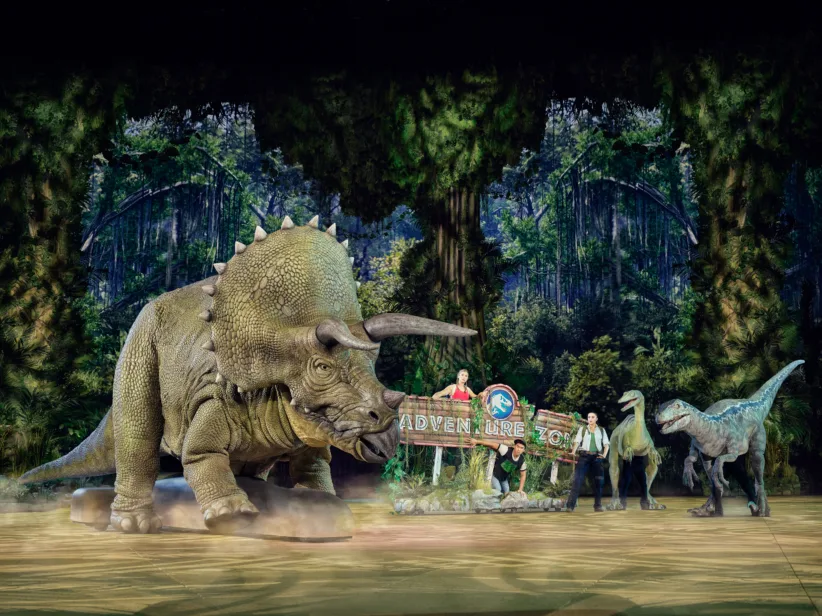When the American Museum of Natural History’s Hall of Ocean Life reopens in May after more than a year of renovation, its famous 94-foot blue whale will have gone through a little cosmetic surgery. The monumental fiberglass and polyurethane model, installed during the Hall’s last major renovation in 1969, previously had a bulging-eye look that curator Melanie Stiassny attributes to its having been based on a deceased and decaying whale rather than a live one — its sculptors not reckoning on the effect death would have on the creature’s appearance. Artisans will bring the mammal’s orbs back into their sockets a little bit, giving him, in Stiassny’s words, “perfect anatomy”. “It’s interesting for kids to know that at the time the whale model was installed in 1969, we could walk on the moon, yet we didn’t know much about the largest animal on the planet,” Stiassny says of the increase in oceanographic knowledge over the past three decades. The Hall’s renovations will feature a major sprucing up of its dioramas (along with the creation of a new “environment” for the blue whale himself). The second major renovation to the Hall in 40 years, the improvements reflect the museum’s continued efforts on behalf of marine research. The Hall of Ocean Life is equivalent to the museum’s Rose Center for Earth and Space — a place to learn about inner space, as opposed to outer space. Although hardly a broom closet, at 29,000 square feet, the Hall could fit into the 333,500-square-foot Rose Center almost a dozen times over. But such a fact doesn’t undermine its importance; from the day it opened, in May 1933, the Hall has been one of the museum’s most impressive and entertaining attractions. As it is with any of the museum’s exhibits, no scientific advancement has ever been overlooked by the Hall’s curators. The original facility, designed in a Beaux-Arts style to remind its visitors of grand Victorian exhibition halls like London’s Crystal Palace, offered whale skeletons suspended from its ceiling and more than 15,000 specimens of mollusks. The Hall’s first curators tailored its exhibits to correspond with the 19th-century viewpoint that nature and nature’s resources existed exclusively to serve humanity. (The original dioramas and murals focused largely on activities such as pearl diving and whaling, activities not looked upon very favorably today). The first renovation, begun in 1962 and opened to the public in 1969, not only introduced the museum’s signature 21,000-pound blue whale to New York, but also increased its number of sea creature models to more than 400, the largest collection of its kind anywhere at that time. The present renovation will be as instructive as ever — and more so, given the inclusion of video. The Hall’s upper (mezzanine) area will have displays of what Stiassny mysteriously calls “dioramas, but not” of ocean ecosystems, above which will be large high-definition televisions for viewing video of the environments, from continental shelves to the deep sea floor. The theme of the upstairs area, Stiassny says, will be “to show our visitors how different life is in water than on land,” and will address basic questions relating to undersea life — why whales are larger than fish; and how oxygen, dissolved in seawater, makes it possible for undersea animals to breathe. “From toddlers to adults, we’ll have many interesting questions to think about,” she says. Downstairs, 14 of the Hall’s dioramas, depicting anything from leaping porpoises to elephant seals, will be restored and renovated; some background paintings will be entirely redone, and new lighting schemes arranged, all to increase and improve the narrative effect. “We’re going to tell new stories in the dioramas, we’re going to have more information, it’s going to be much brighter, and there’ll be a theme to each one,” says Stiassny. She reports that the museum also plans to install four or five “touchable models” around the Hall — cast bronze pieces representing squid “suckers” and other truly interesting forms. Prepare to submerge.





















